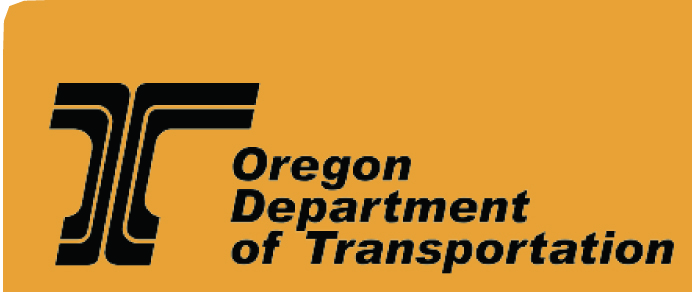
The Oregon Transportation Commission deferred action on the environmental path for the I-5 Rose Quarter Improvement Project and told ODOT to continue studying tolling in the Portland area.
Commissioners, meeting in Lebanon for their last 2019 meeting, decided to delay further action on the I-5 Rose Quarter Project to consider public, local and statewide stakeholder input and to define the immediate next steps for ODOT. Commissioners plan to meet in January to consider the next steps.
Rose Quarter
“We agree with Gov. Brown that the project would benefit from completing additional work and continuing dialogue with our governmental and community partners,” said Robert Van Brocklin, the commission chair, after the meeting. “In the coming weeks, we intend to direct the department to take further action prior to deciding the environmental review pathway. Our decision to wait to discuss this matter to a meeting early in 2020, reflects the commission’s desire to carefully consider the input we heard today from the public and from our elected leaders. We want to make the best decision possible for the community and the state.”
The Oregon Legislature authorized both the Rose Quarter and tolling projects in HB 2017, known as Keep Oregon Moving, to ease congestion and improve safety. ODOT’s 2018 Traffic Performance Report, found congestion on the region’s freeways increased 13% between 2015 and 2017, while daily vehicle hours of delay increased by 20%.
As a result, congestion is having increasing economic impacts, including on businesses across Oregon who rely on Portland’s freeways to deliver goods from our state’s farms, forest and industries.
Commissioners heard public comments Tuesday from 13 people who support and oppose the Rose Quarter Project’s environmental path.
“We need to have discussions with a lot of interested parties”,” Van Brocklin said during the meeting. “I’m not talking about a long delay here. I don’t think it serves the project to go on indefinitely.”
Future work will include partnership and collaborative decision-making among the Federal Highway Administration, ODOT, City of Portland, Metro, Multnomah County, Portland Public Schools and community partners. After the environmental process is complete the project can advance to the design phase and then construction.
The project will add auxiliary lanes and safety shoulders on the highway between I-84 and I-405 where three interstates intersect and create what is now the biggest traffic bottleneck in Oregon. It would also allow Portland to implement development goals and realize the city’s Central City 2035 Plan.
Projected benefits include:
- A reduction of crashes by up to 50%.
- A savings of nearly 2.5 million hours of vehicle and freight delay each and year.
- A catalyst for near-term job creation and future redevelopment of the central city area.
- Increased hiring and economic opportunities for minority and women-owned businesses through a diverse workforce program.
The project also would improve community connections by redesigning overpasses and reconnecting neighborhood streets, seismically upgrading overpasses, enhancing public spaces, providing new bicycle and pedestrian routes and promoting economic development opportunities.
In HB 2017, the Oregon Legislature authorized $30 million a year in bond payments to pay for ODOT’s share of the project. The bond payments won’t become available until 2022.
ODOT will submit a cost-to-complete report to the Legislature in February 2020 as required by House Bill 2017.
Learn more about the project at i5rosequarter.org
Find video and soundbites of today’s meeting here
Tolling
On Tuesday, the commissioners also approved the formation of an Equity and Mobility Advisory Committee. This new committee of equity and mobility experts and advocates– which will be selected early in 2020 – will work with ODOT to develop an equity framework and performance measures for tolling projects, including those on I-5 and I- 205.
In 2018, following the recommendation of a policy advisory committee, OTC submitted an application to the Federal Highway Administration to study tolling in two locations: I-5 through central Portland and on Interstate 205 at or near the Abernethy Bridge. Both could help raise revenue for system improvements and help manage demand.
The next phase of work will look at three issues the previous advisory group found critical to the success of a tolling effort.
They are:
- Neighborhood Impacts: Diversion onto non-tolled surface streets takes place now from drivers avoiding highway congestion. How will tolling alter travel patterns?
- Transit: A robust transit system makes sure sufficient travel options are available. Understanding the availability of transportation options– mass transit, bicycles and walking, in particular – and whether additional investments are needed.
- Equity: Low income and communities of color have historically been burdened by transportation planning decisions. How can tolling projects be developed to lead to more equitable outcomes?
Next year, tolling on I-205 will be evaluated under the National Environmental Policy Act process and additional planning work will get underway to better define the start and end points for tolling approximately seven miles of I-5. Extensive opportunities for public input will be provided as both projects progress.
For more information and to sign up for email updates, go to ODOT’s tolling website.
No Comments
Leave a comment Cancel